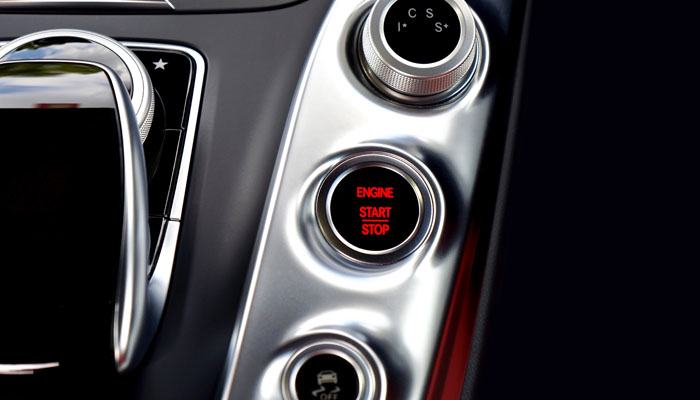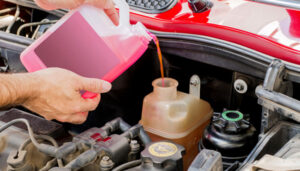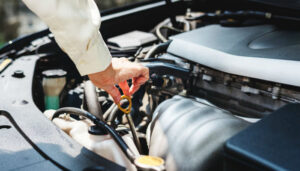Just when you’re running late for an important meeting, your car suddenly stops functioning. You try to turn the ignition on, and after a few clicking sounds, you’re still stuck with a dead engine. What should you do? Firstly, relax and don’t panic. If your car fails to start, your car battery might just need a little spark to keep your engine running. A discharged battery is a common car problem that just needs a minor fix–or in this case, a quick jumpstart.
How to Know if Your Battery is Discharged
Several problems can cause your engine from malfunctioning, making it critical for you to distinguish a discharged battery from other automotive issues. Owners of new and used Japanese trucks online also experience minor problems that car owners face, making basic repairs an important skill that you need to invest in.
So how do you tell if your battery is discharged? If you hear a cranking sound from your engine after turning on the ignition, jumpstarting your battery isn’t the solution. If, on the other hand, your engine doesn’t crank, you should get a multimeter to check the voltage of your battery. While voltages can vary from one vehicle to another, the meter should read at least 12 volts while the engine is turned off. If it doesn’t, it’s time to get your jumpstart cable ready.
What You Need
- A wire brush
- A good set of jumper cables with rust-free clamps
- Safety goggles
- Rubber gloves
- A different vehicle, which is powered by a battery that has the same voltage as your car battery
What to Consider
Choosing a Jumper Cable
Storing a jumper cable in your car compartment is important in ensuring that you won’t get stuck in the middle of the road in case your battery gets discharged. Jumper cables are available in different lengths and gauges, so you have to be careful in choosing a cable for your car.
When it comes to picking the right length, remember that while longer cables offer convenience, they force energy to travel longer distances, which makes the current weaker. Typically, a 10-20 feet cable is used for jumpstarting a vehicle. When picking a gauge, on the other hand, it’s ideal to use low-gauged cables. As a rule of thumb, the lower the jumper cable gauge is, the stronger and the thicker it is.
Securing the Area
Since the idea is to transfer electric current from one car battery to another, electric shock is always on the table when it comes to jumpstarting a dead battery. Hence, you should be vigilant in securing the area and wearing goggles and gloves that serve as your protection in case of an accident.
For added safety, read your car manual as some models require additional steps for basic and advanced car repairs. If you own used Japanese trucks online, you can also ask help from your sales representative in case you didn’t receive a manual. Once the cable is connected to the car, do not touch the metal clamps and be on the look-out for electric sparks.
Steps in Jumpstarting a Car
- Firstly, check if the fully-charged battery and the discharged battery are of the same voltage. Otherwise, you’d risk damaging the electrical components your vehicle.
- Both cars should be parked facing each other without coming in contact. The two should be at least 18 inches apart.
- Turn off the cars and remove the car keys from the ignition. Set the brakes for both vehicles to prevent the cars from moving.
- Open the hood of both cars and locate the negative and positive terminals of both batteries. Then, connect the jumper cables in this order:
- a. Connect the positive, red jumper cable clamp to the positive terminal of the discharged battery.
b. Connect the other end of the positive, red jumper cable clamp to the positive terminal of the functioning battery.
c. Connect the negative, black jumper cable clamp to the negative terminal of the functioning battery.
d. Connect the negative, black jumper cable clamp to the metallic part of your engine block. Do not attach the negative clamp to the negative terminal of the discharged battery as this can ignite the gases of your battery.
Jumpstarting a car is no different from jumpstarting used Japanese trucks online and other vehicles. Just remember, always be cautious when putting this guideline into practice, especially since electric current is involved. In times of uncertainty, always seek help from professional mechanics.



